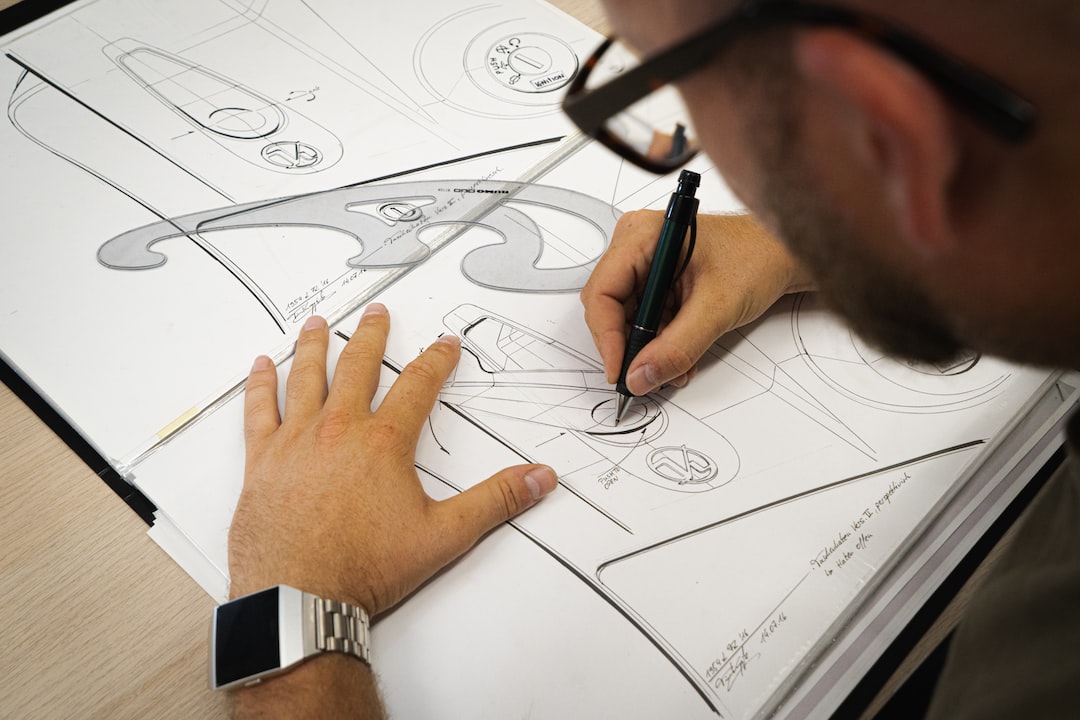Exploring the Intricacies of Industrial Design
Industrial design has become an indispensable part of our modern world. From the sleek curves of a sports car to the user-friendly interface of a smartphone, industrial design plays a crucial role in shaping our everyday experiences. However, behind these aesthetically pleasing and functional creations lies a complex process that involves understanding user needs, exploring materials and manufacturing techniques, and constantly pushing the boundaries of innovation.
At its core, industrial design is the art of creating products that are not only visually appealing but also functional, ergonomic, and environmentally sustainable. It combines creativity and problem-solving to transform ideas into tangible and marketable products.
One of the key aspects of industrial design is user-centered design. Designers have to empathize with the end-user and understand their needs, desires, and preferences. This involves conducting extensive research, studying market trends, and gathering feedback through user testing. By gaining insights into user behavior and expectations, designers can create products that seamlessly integrate into people’s lives and enhance their experiences.
Moreover, industrial designers need to be proficient in various design software and tools to translate their ideas into tangible designs. Computer-aided design (CAD) software allows designers to create detailed 2D and 3D models, simulate real-world scenarios, and make accurate calculations. These tools enable designers to iterate and refine their designs before manufacturing, minimizing errors and reducing costs.
Furthermore, materials play a crucial role in the world of industrial design. Designers have to carefully select and evaluate materials based on their properties, aesthetics, and environmental impact. For instance, sustainability has become a key concern in recent years. Designers are increasingly opting for eco-friendly materials and manufacturing processes to minimize the carbon footprint of their products. This necessitates staying up to date with the latest advancements in material science and exploring alternative materials that are both innovative and sustainable.
Manufacturing is another intricate aspect of industrial design. The manufacturing process must be optimized for efficiency while ensuring the product meets the design specifications. This involves collaborating closely with engineers and production managers to identify the most suitable manufacturing techniques, considering factors like cost, time, scalability, and quality. Prototyping is an important part of this process, allowing designers to test and validate their designs before mass production.
In addition to functionality and sustainability, industrial designers must also consider the emotional aspects of design. Design has the power to evoke strong emotions and create memorable experiences. Whether it’s the comforting ambiance of a well-designed home interior or the joy of using a beautifully crafted product, emotional design is crucial in establishing a deep connection between users and products. This requires a deep understanding of human psychology, cultural influences, and the power of aesthetics.
Finally, the role of industrial designers extends beyond individual products. They contribute to shaping and improving entire systems, services, and experiences. For example, designers play a pivotal role in creating intuitive user interfaces for digital platforms, ensuring seamless interactions between humans and technology. They also have the responsibility to consider accessibility and inclusivity, designing products that cater to people of all abilities and demographics.
In conclusion, industrial design is a fascinating field that merges creativity, functionality, and empathy. It requires designers to understand user needs, explore materials and manufacturing techniques, and create emotionally resonant experiences. As our world continues to evolve, industrial design will play an even more vital role in creating products and systems that enhance our lives and positively impact our planet.
